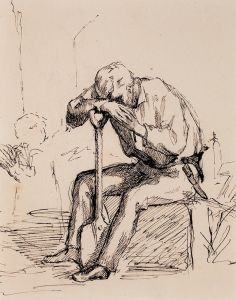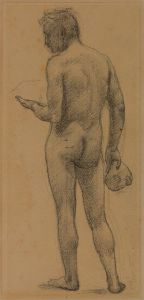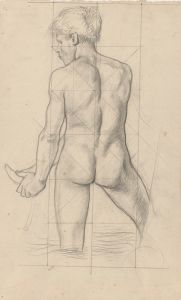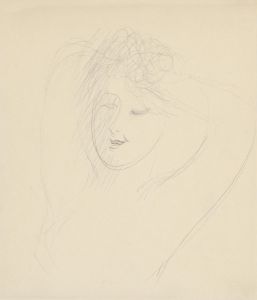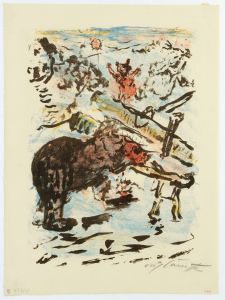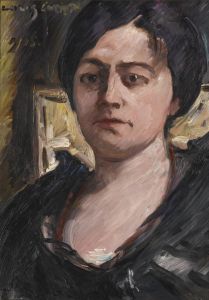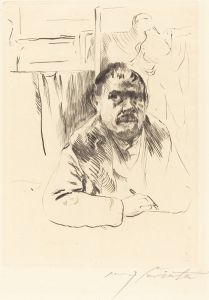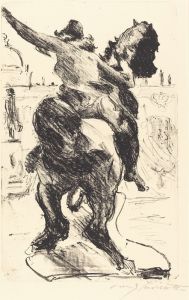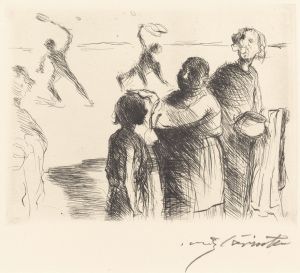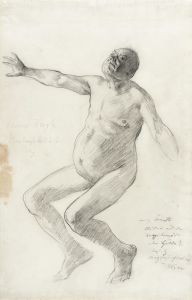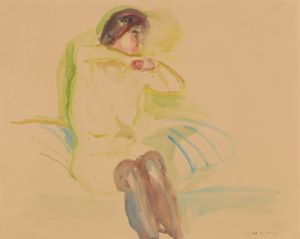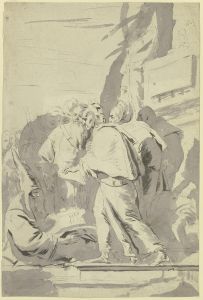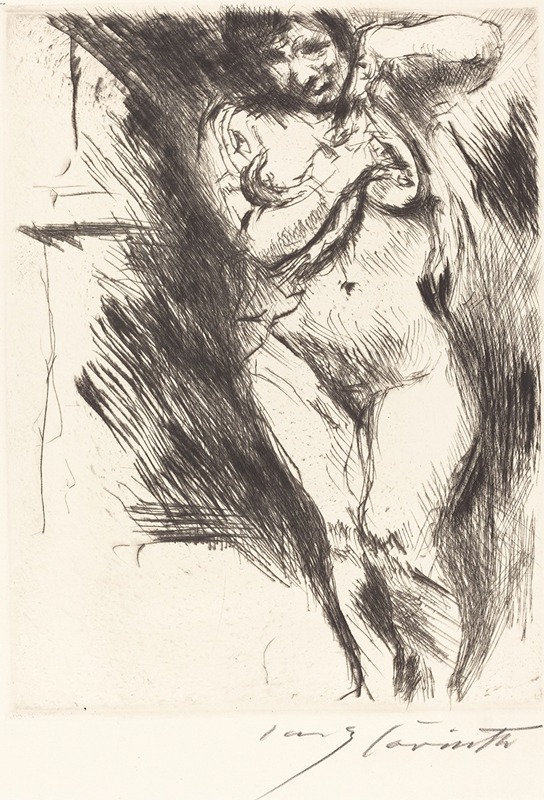
Woman Undressing
A hand-painted replica of Lovis Corinth’s masterpiece Woman Undressing, meticulously crafted by professional artists to capture the true essence of the original. Each piece is created with museum-quality canvas and rare mineral pigments, carefully painted by experienced artists with delicate brushstrokes and rich, layered colors to perfectly recreate the texture of the original artwork. Unlike machine-printed reproductions, this hand-painted version brings the painting to life, infused with the artist’s emotions and skill in every stroke. Whether for personal collection or home decoration, it instantly elevates the artistic atmosphere of any space.
"Woman Undressing" is a painting by the German artist Lovis Corinth, created in 1893. Corinth was a prominent figure in the German art scene during the late 19th and early 20th centuries, known for his contributions to the Impressionist and later Expressionist movements. His works often explored themes of human emotion, physicality, and the complexities of the human experience.
The painting "Woman Undressing" exemplifies Corinth's skill in capturing intimate and candid moments. The subject of the painting is a woman in the process of undressing, depicted with a sense of immediacy and naturalism. Corinth's use of loose, expressive brushstrokes and a rich, warm color palette brings a sense of vitality and movement to the scene. The composition is both intimate and dynamic, drawing the viewer into the private moment being depicted.
Corinth's approach to the human form in "Woman Undressing" reflects his interest in the physicality and sensuality of his subjects. The painting is notable for its realistic portrayal of the female body, rendered with a sensitivity to the textures and contours of the skin. This attention to detail and the lifelike quality of the figure are characteristic of Corinth's work during this period.
Lovis Corinth was born in 1858 in Tapiau, East Prussia (now Gvardeysk, Russia). He studied art in Königsberg, Munich, and Paris, where he was influenced by the works of the Old Masters as well as contemporary artists. Corinth's early work was heavily influenced by the Impressionist movement, but he later developed a more personal style that incorporated elements of Expressionism.
In 1901, Corinth moved to Berlin, where he became a central figure in the Berlin Secession, an association of modern artists who sought to break away from the conservative art establishment. His work during this time continued to evolve, becoming more expressive and emotionally charged. Corinth's later works often explored themes of mortality and the human condition, influenced by his own experiences and struggles, including a stroke he suffered in 1911 that temporarily paralyzed his left side.
"Woman Undressing" is part of Corinth's broader body of work that includes portraits, landscapes, and historical scenes. His paintings are characterized by their vigorous brushwork, bold use of color, and a keen observation of the human form. Corinth's ability to convey the emotional and physical presence of his subjects has earned him a lasting place in the history of modern art.
Today, Lovis Corinth's works are held in major museums and collections around the world, including the Alte Nationalgalerie in Berlin, the Neue Pinakothek in Munich, and the Art Institute of Chicago. "Woman Undressing" remains a significant example of Corinth's artistic achievements and his contribution to the development of modern art in Germany.





